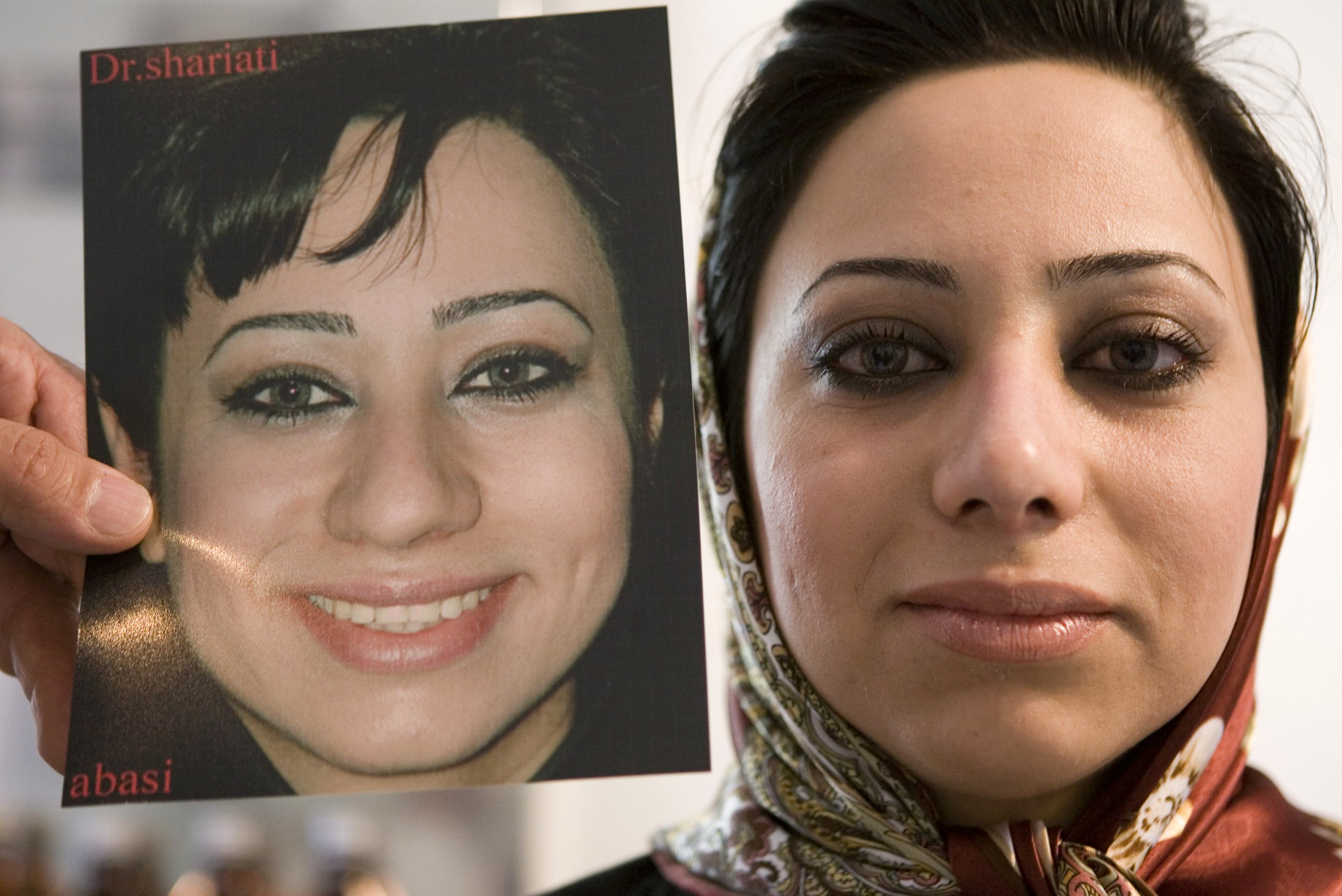
Regardless of whether it could be described as Roman or a button, the shape and size of your nose is ingrained deep within a person's DNA. Researchers at the University College London for the first time have identified four distinct genes that determine the width and pointiness of this facial feature.
The findings, published May 19 in Nature Communications, provides some clues to how exactly the human face has evolved over time.
To some degree, a person's ethnic background is one of the main factors that determines the characteristics of all facial features, including nose shape. In large part, it's about the geographical origins of your ancestry: Facial features change and evolve from generation to generation to adapt to a particular environment and therefore ensure survival. While most people associate the nose with sense of smell and breathing, it is also important for regulating temperature and humidity of the air we breathe. Certain nose shapes are more effective in cool, warm, dry or humid climates. For example, a nose with a narrow bridge—prevalent among Europeans—is a genetic adaptation to life in a cold, dry environment.
These attributes, such as the size of one's nostrils and the width of the bridge, are encoded in a person's genome. To find these genes, the researchers analyzed the DNA of about 6,000 volunteers from Brazil, Colombia, Chile, Mexico and Peru. The group included people with a variety of ancestries, including mixed European (50 percent), Native American (45 percent) and African (5 percent). Each was assessed for 14 specific facial feature attributes. Some 3,000 participants also underwent scans to create 3-D imaging of their face in order to obtain precise measurements of certain features, so the researchers could look for similarities across all participants in the group and match corresponding DNA traits. (This cohort was also recently used in a study that uncovered a gene associated with gray hair.)
The researchers identified four genes—DCHS2, RUNX2, GLI3 and PAX1—with distinct expressions that determine the width of a nose bridge and its pointiness. Three of these genes (GLI3, DCHS2 and PAX1) are involved in bone and cartilage growth and development in the face. GLI3 and PAX1 were linked to nostril size and DCHS2 determined the pointiness of the nose. The last gene, RUNX2, is involved in bone growth, which in part determines the size of the nose bridge.
The researchers also found another gene—EDAR—that is responsible for whether one has a weak or pointy chin.
Kaustubh Adhikari, a professor in cell and developmental biology at University College London and lead author on the study, said in a press statement that these new findings provide clues to how humans evolved from Neanderthals. These newly identified genes, Adhikari says, are some of the most significant genetic differences yet discovered between Neanderthal and modern human DNA.
There are some practical applications to these findings as well. For example, the research may be useful for forensic science, since identifying certain traits through genetics could allow investigators to draw up a clearer description of a person who has committed a crime when other information about their physical appearance is unavailable. Additionally, studying these genes could garner information about certain serious genetic conditions that cause facial abnormalities, such as those that fall under the category of Mendelian disorders. These are single gene disorders such as Pallister–Hall syndrome, which is a very rare congenital condition that causes a number of facial deformities including a flattened nose bridge.
Uncommon Knowledge
Newsweek is committed to challenging conventional wisdom and finding connections in the search for common ground.
Newsweek is committed to challenging conventional wisdom and finding connections in the search for common ground.
About the writer
Jessica Firger is a staff writer at Newsweek, where she covers all things health. She previously worked as a health editor ... Read more
To read how Newsweek uses AI as a newsroom tool, Click here.








